L-Phenylalanine, 4-[bis(2-chloroethyl)oxidoaMino]-, (Hydrochloride) (1:2)
- CAS NO.:685898-44-6
- Empirical Formula: C13H19Cl3N2O3
- Molecular Weight: 357.66
- MDL number: MFCD11840749
- SAFETY DATA SHEET (SDS)
- Update Date: 2024-11-17 16:00:36
![L-Phenylalanine, 4-[bis(2-chloroethyl)oxidoaMino]-, (Hydrochloride) (1:2) Structural](https://img.chemicalbook.in/CAS/GIF/685898-44-6.gif)
What is L-Phenylalanine, 4-[bis(2-chloroethyl)oxidoaMino]-, (Hydrochloride) (1:2)?
The Uses of L-Phenylalanine, 4-[bis(2-chloroethyl)oxidoaMino]-, (Hydrochloride) (1:2)
PX 478 is a HIF-1α inhibitor that may be used in cancer therapy for treatment of solid tumors. PX478 has also been shown to suppress high-fat-diet (HFD)-induced HIFα activation in adipose tissue in mice and therefore may be used to ameliorate adipose tissue dysfunction.
Biological Activity
px-478 2hcl, also called px-478, is an experimental hif-1α inhibitor. it inhibited hif-1α protein at multiple levels in cancer cell lines under normoxia and hypoxia with an ic50 value of ~20-30 μm [1].hypoxia-inducible transcription factor hif-1α activates target genes involved in glycolysis, erythropoiesis and angiogenesis. hif-1α also regulates the expression of genes coding for apoptotic pathway, growth factors/receptors, cell cycle regulators, metastasis and invasiveness [1].under normoxic condition, the ic50 for px-478 to inhibit hif-1α in pc3 cells was 20-25 μmol/l, whereas the ic50 for px-478 to inhibit hif-1α in the du 145 cells was ~40-50 μmol/l. in both du 145 and pc3 cells, 1-hr hypoxia significantly upregulated hif-1α protein. but the pretreatment with px-478 for 20 hr under normoxia before 1-hr hypoxia attenuated the accumulation of hif-1α induced by the 1-hr hypoxia. in pc3 cells, pretreatment with 20 μmol/l px-478 before hypoxia inhibited hif-1α by 40% compared to treatment with hypoxia alone. in du 145 cells, pretreatment with 50 μmol/l px-478 before hypoxia inhibited hif-1α by 35% compared to treatment with hypoxia alone [1].in nu/nu mice with c6 reporter xenografts, treatment with px-478 at a dose of 30 mg/kg p.o. for 2 consecutive days prevented the transcriptional activity of hif-1 in central ischemic regions of c6 tumors [2].
References
[1]. palayoor st, mitchell jb, cerna d, et al. px-478, an inhibitor of hypoxia-inducible factor-1α, enhances radiosensitivity of prostate carcinoma cells. international journal of cancer, 2008, 123(10): 2430-2437.
[2]. schwartz dl, powis g, thitai-kumar a, et al. the selective hypoxia inducible factor-1 inhibitor px-478 provides in vivo radiosensitization through tumor stromal effects. molecular cancer therapeutics, 2009, 8(4): 947-958.
Properties of L-Phenylalanine, 4-[bis(2-chloroethyl)oxidoaMino]-, (Hydrochloride) (1:2)
| storage temp. | Keep in dark place,Inert atmosphere,Store in freezer, under -20°C |
| solubility | ≥19.7 mg/mL in DMSO; ≥50 mg/mL in H2O; ≥8.42 mg/mL in EtOH |
| form | Powder |
| color | Off-white to yellow |
| CAS DataBase Reference | 685898-44-6 |
Safety information for L-Phenylalanine, 4-[bis(2-chloroethyl)oxidoaMino]-, (Hydrochloride) (1:2)
| Signal word | Warning |
| Pictogram(s) |
 Exclamation Mark Irritant GHS07 |
| GHS Hazard Statements |
H302:Acute toxicity,oral H315:Skin corrosion/irritation H319:Serious eye damage/eye irritation H335:Specific target organ toxicity, single exposure;Respiratory tract irritation |
| Precautionary Statement Codes |
P261:Avoid breathing dust/fume/gas/mist/vapours/spray. P280:Wear protective gloves/protective clothing/eye protection/face protection. P301+P312:IF SWALLOWED: call a POISON CENTER or doctor/physician IF you feel unwell. P302+P352:IF ON SKIN: wash with plenty of soap and water. P305+P351+P338:IF IN EYES: Rinse cautiously with water for several minutes. Remove contact lenses, if present and easy to do. Continuerinsing. |
Computed Descriptors for L-Phenylalanine, 4-[bis(2-chloroethyl)oxidoaMino]-, (Hydrochloride) (1:2)
New Products
(S)-3-Aminobutanenitrile hydrochloride 4-Methylphenylacetic acid N-Boc-D-alaninol N-BOC-D/L-ALANINOL Tert-butyl bis(2-chloroethyl)carbamate 3-Morpholino-1-(4-nitrophenyl)-5,6-dihydropyridin- 2(1H)-one Furan-2,5-Dicarboxylic Acid Tropic acid 1-Bromo-3,5-Di-Tert-Butylbenzene S-2-CHLORO PROPIONIC ACID ETHYL ISOCYANOACETATE 2-Bromo-1,3-Bis(Dimethylamino)Trimethinium Hexafluorophosphate 4-IODO BENZOIC ACID 3-NITRO-2-METHYL ANILINE 1-(2,4-DICHLOROPHENYL) ETHANAMINE (2-Hydroxyphenyl)acetonitrile 4-Bromopyrazole 2-(Cyanocyclohexyl)acetic acid 4-methoxy-3,5-dinitropyridine 1-(4-(aminomethyl)benzyl)urea hydrochloride 2-aminopropyl benzoate hydrochloride diethyl 2-(2-((tertbutoxycarbonyl)amino) ethyl)malonate tert-butyl 4- (ureidomethyl)benzylcarbamate Ethyl-2-chloro((4-methoxyphenyl)hydrazono)acetateRelated products of tetrahydrofuran
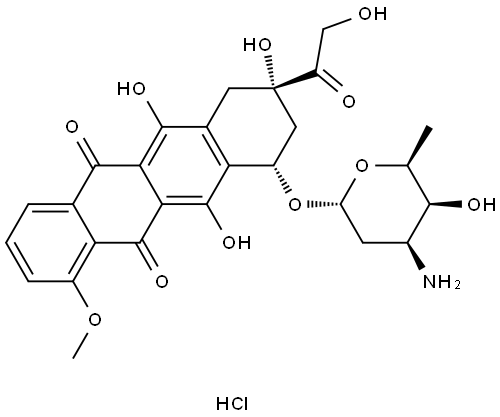
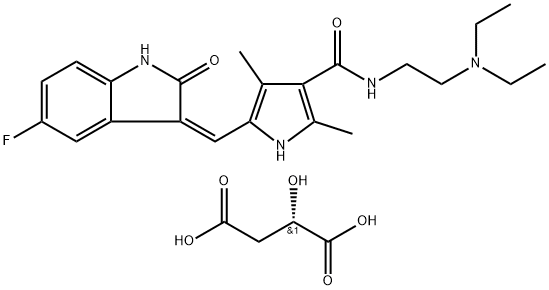


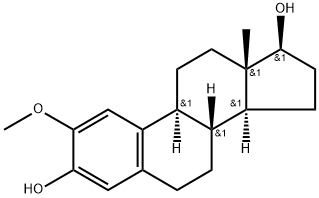
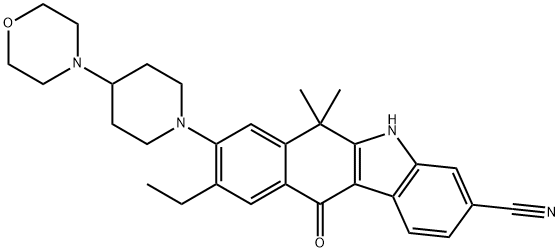

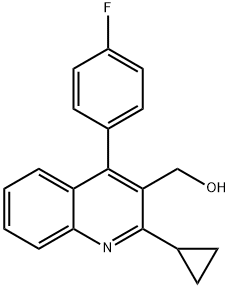
You may like
-
 2033-24-1 98%View Details
2033-24-1 98%View Details
2033-24-1 -
 42831-50-5 5-METHYLISOXAZOLE-4-CARBOXYLIC ACID 98%View Details
42831-50-5 5-METHYLISOXAZOLE-4-CARBOXYLIC ACID 98%View Details
42831-50-5 -
 1975-50-4 98%View Details
1975-50-4 98%View Details
1975-50-4 -
 2-HYDROXY BENZYL ALCOHOL 98%View Details
2-HYDROXY BENZYL ALCOHOL 98%View Details
90-01-7 -
 2-Chloro-1,3-Bis(Dimethylamino)Trimethinium Hexafluorophosphate 221615-75-4 98%View Details
2-Chloro-1,3-Bis(Dimethylamino)Trimethinium Hexafluorophosphate 221615-75-4 98%View Details
221615-75-4 -
 61397-56-6 CIS BROMO BENZOATE 98%View Details
61397-56-6 CIS BROMO BENZOATE 98%View Details
61397-56-6 -
 14714-50-2 (2-Hydroxyphenyl)acetonitrile 98+View Details
14714-50-2 (2-Hydroxyphenyl)acetonitrile 98+View Details
14714-50-2 -
 118753-70-1 98+View Details
118753-70-1 98+View Details
118753-70-1